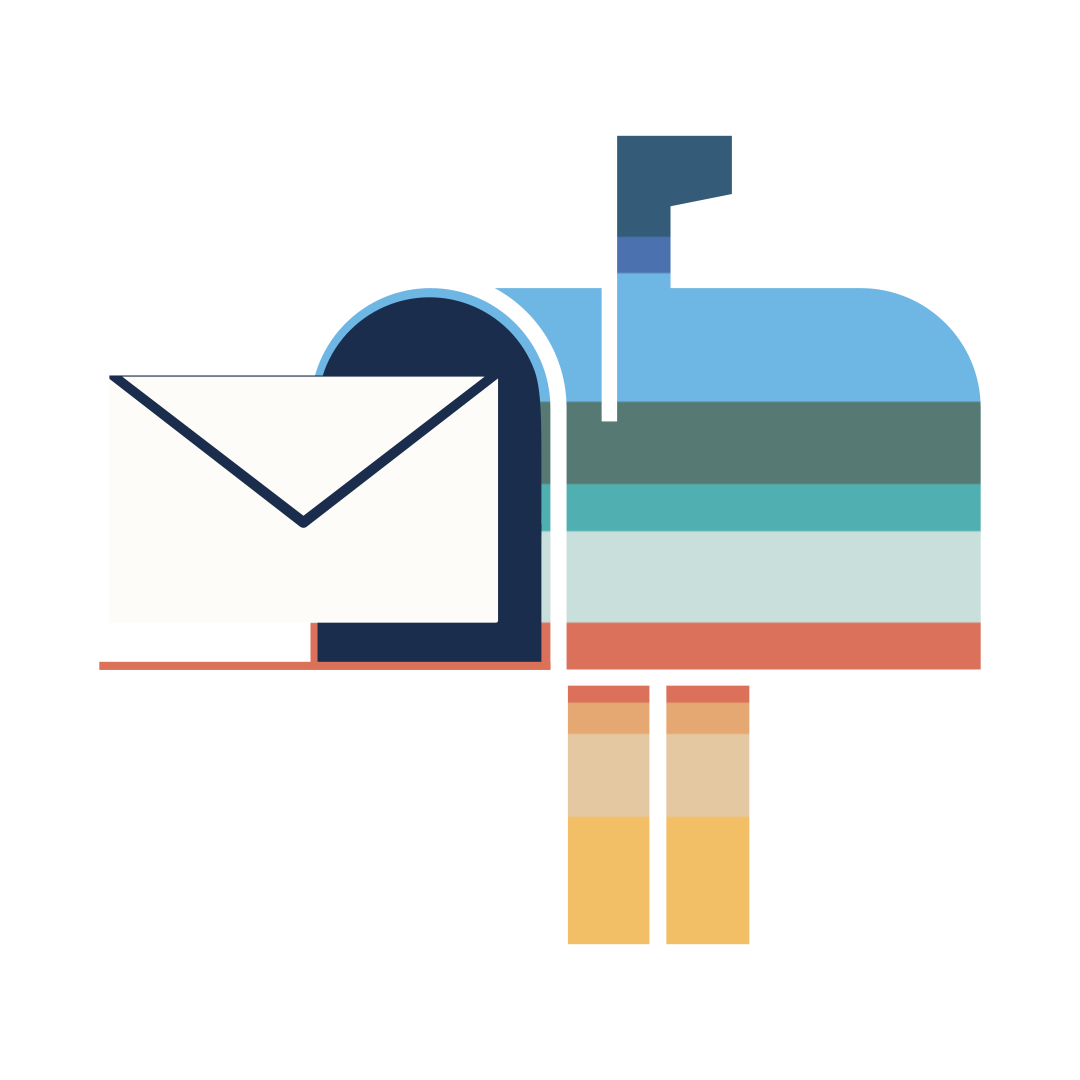In the modern workplace, the notion of fairness, equity, and open communication has gained unprecedented importance. One arena where these principles are being put to the test is in the realm of pay transparency. The concept of pay transparency goes beyond the simple exchange of data; it's about fostering a culture of openness, understanding, and trust within organizations. In this blog, we delve into why pay transparency is not just a choice but a strategic business imperative.
Defining Pay Transparency
At its core, pay transparency involves organizations openly sharing information about various facets of employee compensation. This encompasses details about how pay is structured, the reasoning behind compensation decisions, and the methodologies employed to arrive at pay decisions. However, let's address a common misconception – pay transparency doesn't equate to broadly revealing all individual salaries. Rather, it's about establishing and communicating fair pay practices that give employees insight into how their compensation aligns with market norms and organizational realities, all while instilling confidence in the fairness of the process.
The Legal Landscape and Regulatory Push
Pay transparency isn't just a progressive practice; in many cases, it's a legal requirement. As numerous state and local governments advocate for greater transparency, organizations are finding themselves obligated to divulge more information about compensation. For instance, some jurisdictions even grant job applicants access to more pay-related information than existing employees. This evolving legal landscape necessitates a proactive approach, pushing organizations to go beyond the minimum requirements to ensure transparency across the board. You can take a comprehensive look at current pay transparency laws by state with this resource provided by our partners at Comp Tool.
Employee Experience and Trust
Pay transparency isn't just about regulatory compliance; it's a cornerstone of a positive employee experience. With the rise of job- and pay-related platforms, employees now expect greater transparency in compensation practices. Organizations that shun open dialogue risk eroding trust among their workforce, potential hires, and even customers. While pay transparency undoubtedly enhances recruitment efforts, its benefits ripple through every facet of the employee journey.
What level of pay transparency do employees want?
Source: Visier Survey Report, “Pay Transparency: Should Salary be a Secret?"
The Equitable Advantage
Among the most impactful outcomes of pay transparency is the advancement of pay equity. While pay transparency and pay equity are often intertwined, they address distinct aspects. Pay equity involves meticulously identifying and rectifying pay gaps using comprehensive analytics. Pay transparency, on the other hand, centers around openly discussing pay structures, ranges, practices, and opportunities with employees. Together, they contribute to fostering an equitable environment.
Breaking Down Barriers
Implementing pay transparency isn't without its challenges. Cultural and structural barriers can obstruct the way forward. Here are three common roadblocks and strategies to navigate them:
- Salary Structure Design: A well-designed pay structure strikes a balance between market realities and effective employee communication. When organizations deviate from their own salary ranges, it's a symptom of an underlying structural issue.
- Addressing Inequities: Avoiding transparency due to fears of exposing inequities is no longer tenable. Strengthening pay equity laws and growing consumer demand compels organizations to embrace transparency as a risk-mitigation strategy.
- Managing Risk: Fear of increased risk through communication is valid. However, providing managers with the training to convey pay information empathetically and logically is crucial. A clear communication strategy around pay transparency is paramount.
A Roadmap to Transparency
For organizations ready to embark on the journey to pay transparency, here's a three-pronged approach:
- Equalize Experience: Ensure consistent communications about pay ranges for both internal employees and external candidates. Transparency should empower all stakeholders.
- Progress Beyond Compliance: While regulatory adherence is necessary, forward-looking organizations address structural gaps to mitigate existing and potential risks.
- Structured Implementation: A methodical approach encompasses assessing foundational elements, defining a pay philosophy, solidifying compensation structures, implementing transparency tools, crafting messages, and assessing impact.
Embrace the Journey
The merits of pay transparency are clear – enhanced employee experience, trust, and equity. Organizations that embrace this journey position themselves as champions of transparency, attracting and retaining top talent while fostering a culture of fairness. To explore how livingHR can support your pay transparency journey, reach out and contact us.
Your road to transparency begins here.






